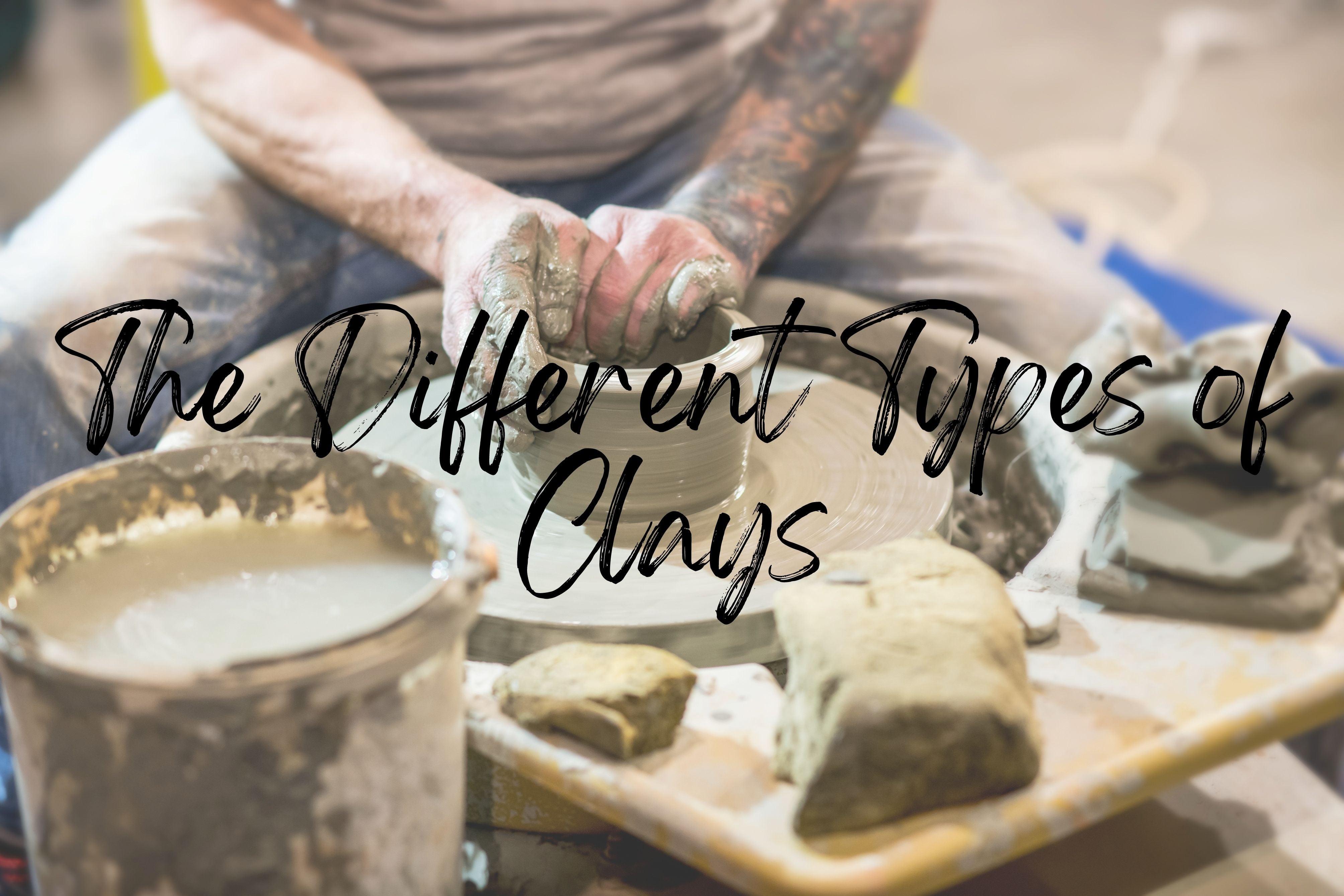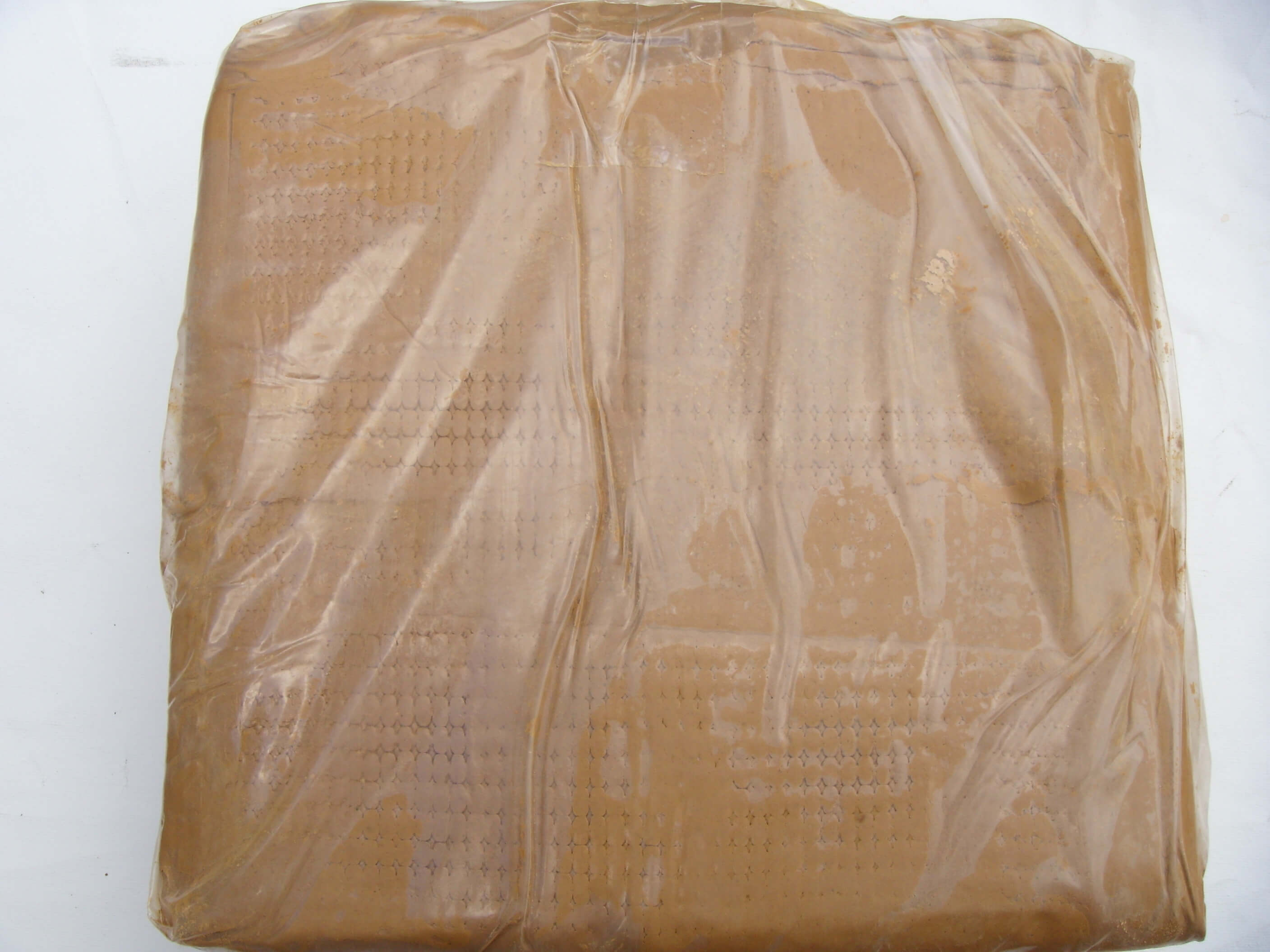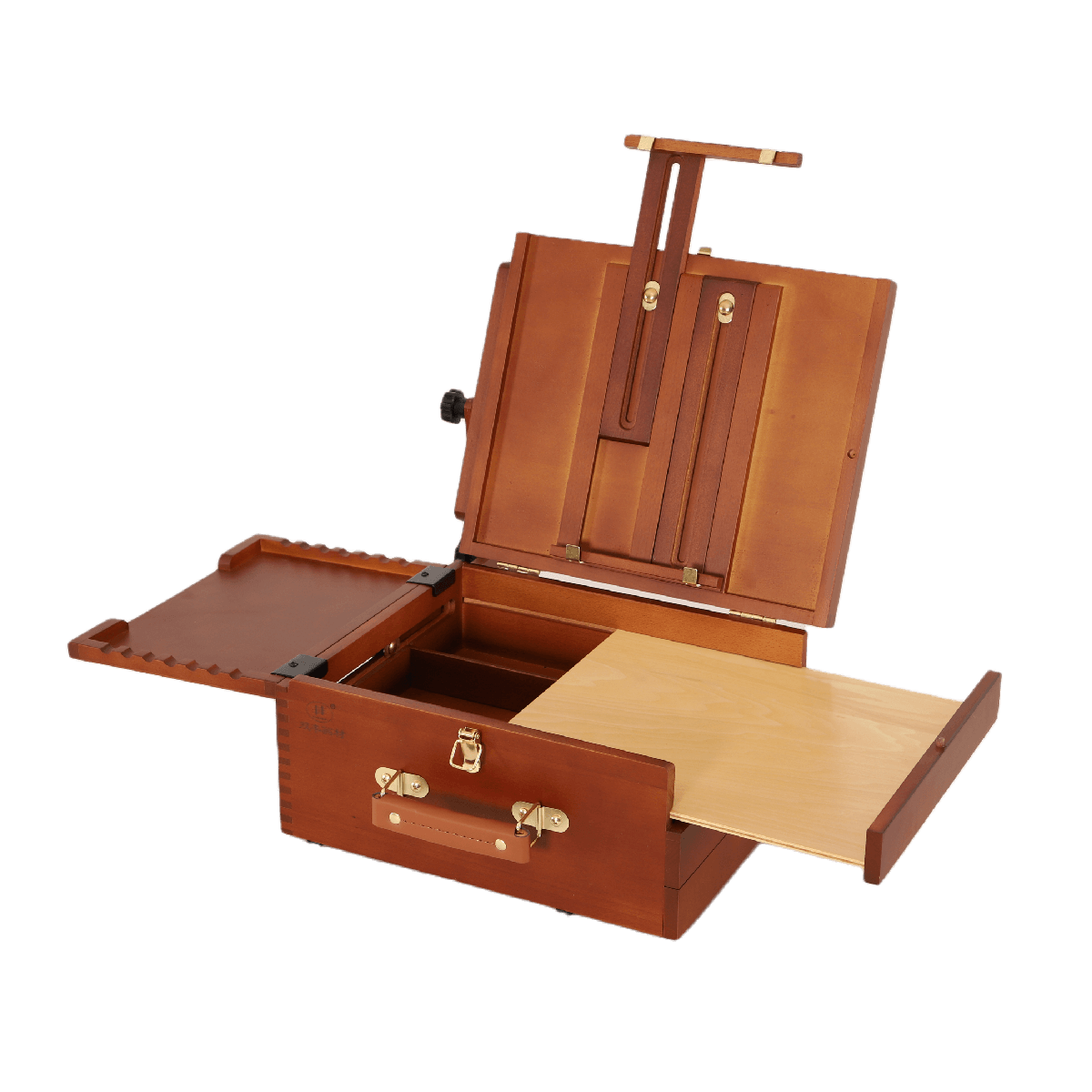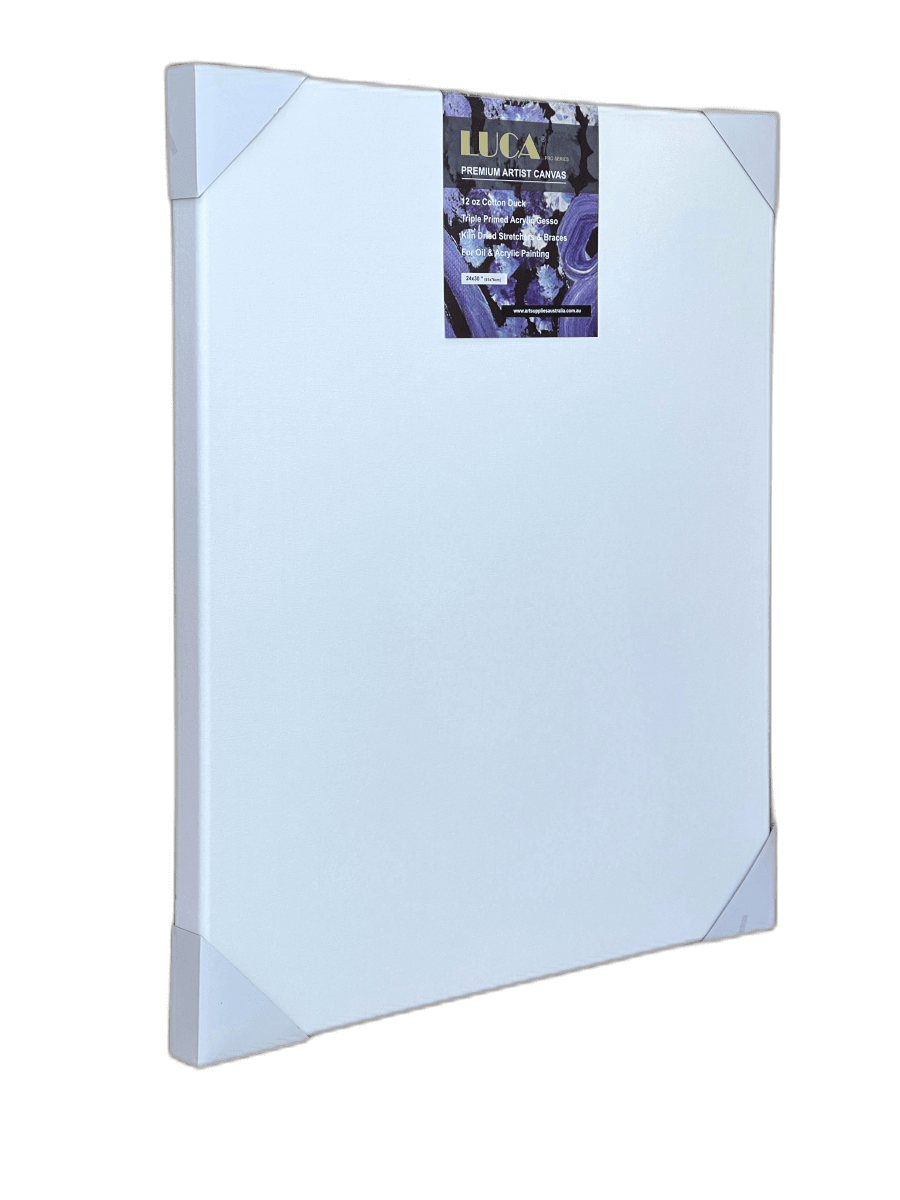Clay is a type of earth, which means that it's made up of different minerals. In addition, clay is considered an absorbent material, which means that it can soak up liquids. This makes helpful clay for many purposes, including art, medicine and even oil drilling, since it forms a barrier between the earth and the tools, making it difficult for anything to pass through.
What is Clay and Its Properties?
Clay is the general term for fine-grained soil that forms when tiny grains of rock or soil minerals clump together. Clay can absorb water and other substances, which makes valuable clay in many different ways. For example, it's used to make pottery, manufacture items like paper and plastic bags, grow certain types of vegetables, and do oil drilling.
While it takes millions of years to form clay, all types of clay are composed of minerals that can be found naturally. This means that clay is made up of microscopic particles, which is why people sometimes refer to clay as mud since it's sticky like mud when wet and hard like a stone when dry.
Characteristics of Clay
Clay can be found in many locations, but when it's used for doing particular tasks such as oil drilling, the type of clay helps determine how useful it is and what its properties are. Some properties include:
- It takes a long period to make clay
- Although it's made up of mineral particles, clay can be classified as a sedimentary rock.
- Although it looks like mud, clay is solid when dry and becomes sticky when wet.
- Clay can hold onto other substances through surface tension.
Additional Uses of Clay
In addition to being used for making pottery and growing certain types of vegetables, clay has many other uses, including:
- Mud used for building is typically a combination of clay and sand.
- Clay can be mixed with water to form adobe, which is often created by building homes out of it.
- Clay absorbs moisture, which is why it's often used for making paper and medicine.
Different Types of Clay
Here are the different types and classifications of clay:
Water-Based Clay
Water-based clay is often referred to as plastic clay since many of these types of clay can be shaped or molded. Water-based clays are either calcium bentonite or sodium bentonite, which is why the more common name for them is simply water-clay.
Most water-based clay are made with calcium bentonite, but those clay will still absorb water. As a result, those types of clay can dry out and become unusable.
Polymer Clay
Polymer clay is considered a modelling clay since this material becomes complicated when it's baked. Polymer clay includes materials such as polyvinyl chloride resin, which means that it contains plastic. That makes polymer clay easy to shape and great for creating figurines or other items.
There are many different polymer clay products on the market, but it's most commonly used as a dough that can be molded into any shape. The next step is to bake the clay in an oven at temperatures between 265 and 275-degrees Fahrenheit for about 30 minutes. After this baking process, polymer clay becomes hard, like pottery or other types of ceramic items.
Oil-Based Clay
Unlike water-based clay, oil-based clay are waterproof. Oil-based clay are made with bentonite that has been treated to contain sodium or calcium oxide and other ingredients, including paraffin wax or petroleum jelly.
Oil-based clay become sticky when wet and dry hard like pottery. They also shrink as they dry, which is why oil-based clay are often used for making molds.
Dough Clay
Dough clay are often referred to as air-dry clay since they need the help of air to dry. Dough clay are made using materials that can initially be molded into shapes or sculptures but then become problematic once they've dried out.
Sculpting clay, modelling clay and other types of dough clay usually require a baking process to harden them, but the drying process allows those types of clay to become solid.
Ceramic Clay
Ceramic clay are made up of kaolin and ball clay, which gives them their name. Earthenware, stoneware and porcelain items are often made from ceramic clay.
Earthenware: Earthenware items are made from clay fired at a low temperature, which is why the pieces have a rough surface.
Stoneware: Unlike earthenware, pottery has a smooth and even surface after being fired. Pieces of stoneware usually have a thickness between 1/4 and 2 inches.
Porcelain: Porcelain items are baked at higher temperatures than earthenware and stoneware. That makes them thinner and more complex than other clay types.
Paper Clay
Paper clay are made from a combination of paper, water and clay. Paper is mixed with water and then added to a blend of different clay to form a dough that can be rolled into sheets or extruded into strands.
Once dried, paper clay has the texture of thick card-stock or cardboard. Because it's lightweight, it's often used for making models or molds, but it can also be cut into various shapes.







